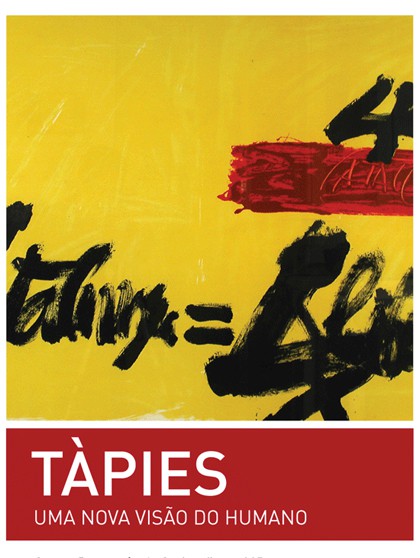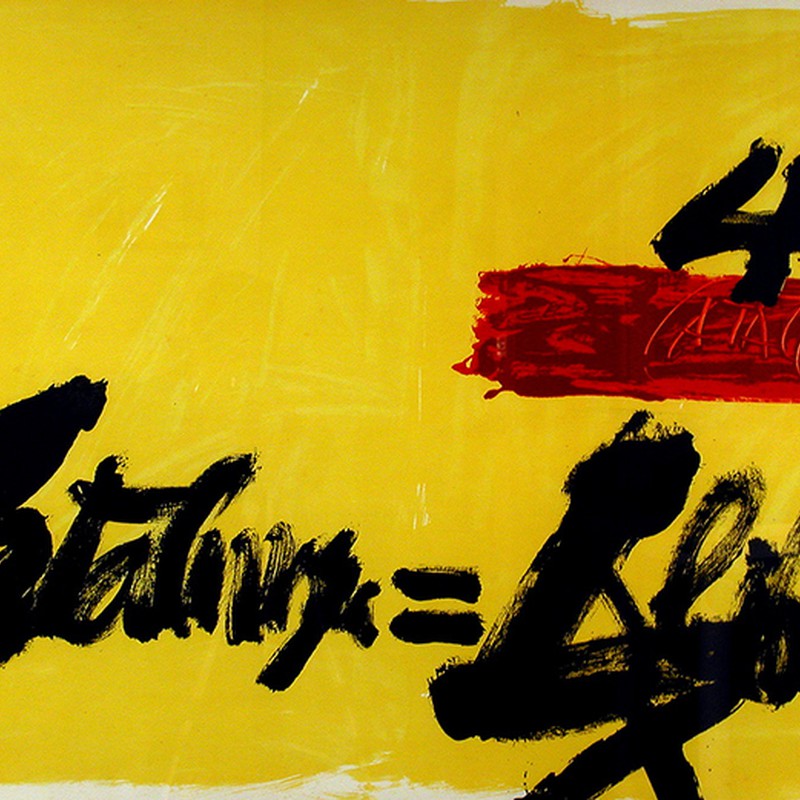
A New Vision of the Human
A tribute exhibition of graphic work by Antoni Tàpies, a Catalan artist born in 1923 and recently deceased, for many the greatest of the second decade of the 20th century, opens at the gallery from the Portuguese Screen Printing Center at CCB – Centro Cultural de Belém, on the 6th of March and will be attending. patent until on the 27th. Entitled “A New Vision of the Human”, this exhibition includes engravings and lithographs made between 1969 and 1988. About the exhibition, writes Maria João Fernandes, critic of art (AICA – International Assoc. of Art Critics): “His aesthetic is characterized by its complexity, diversity - it encompasses painting, sculpture, objects, engraving - and simultaneous stripping and poverty of his materials. Tàpies began his graphic work at the end of the 40s, when he was heading towards the great revolution in his art, which took place in 1952, with the discovery of a new relationship between painting and reality, with an appreciation of plastic matter, which led him to progressively eliminate the distance between painting and object. Tàpies' work offers us a global vision of reality, interior and exterior. Inspired by poetry, by Eastern thought, it eliminates all distinctions of Western rationality and above all that which opposes the two poles of the great binomial matter/spirit, whose synthesis is founder of her universe. His proposal was related to the creation of a new image of the contemporary world, involving in everyday life the union between matter and its spiritual essence and was also, according to Roland Penrose, a proposal for the transformation of humanity, with the sense of Rimbaud's "changer la vie", through "a cosmogony in which nothing, absolutely nothing is petty" aspects that his graphic work splendidly documented. By valuing gestures, the most humble and simple objects of everyday life, the time given to them will be reduced. associated, the artist simultaneously gave them a category of transcendence and eternity, which today are the timeless legacy of his art.”
